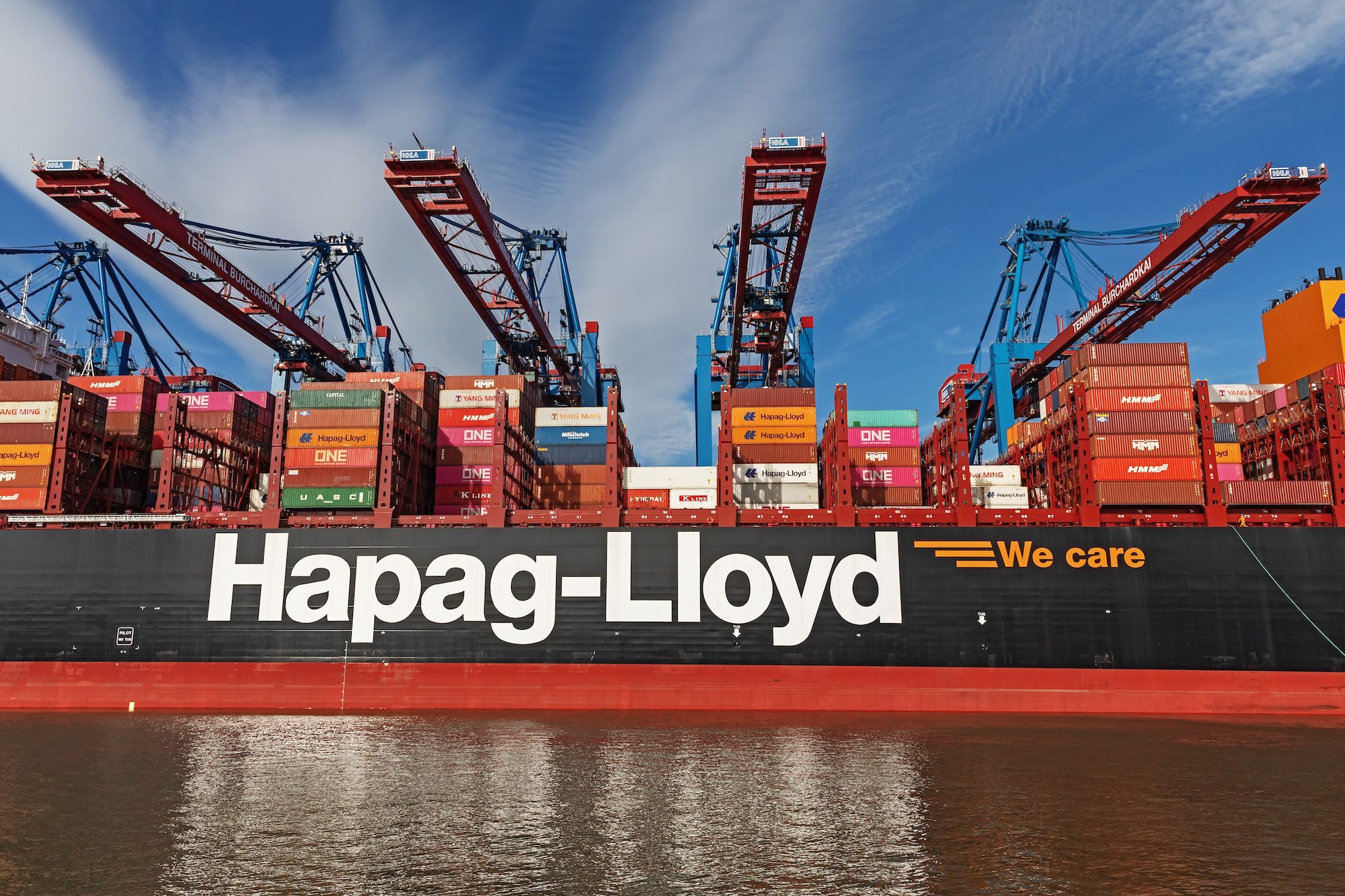By Barry Parker, gCaptain Correspondent
After considerable anticipation, the Marine Environmental Protection Committee (MEPC) of the International Maritime Organization (IMO) has agreed on draft amendments to the MARPOL Convention which would put shipping on a path to reduce carbon intensity (CO2 emitted per unit of transport work, in this case- per ton mile) and-over a longer time horizon, to lower absolute emissions of CO2.
The draft amendments, developed in this week’s ongoing virtual meeting, will be put forward at the next MEPC meeting, at a so far unspecified date in 2021. If approved, the provisions, in the basket of “short term measures”, would come into force sometime during 2023- 16 months after next year’s MEPC meeting.
Nothing is carved in stone yet. Recognizing the dynamic and rapidly evolving nature of the “decarbonization” seascape, a review mechanism, of carbon intensity and energy efficiency requirements (with the possibility of tweaks in the form of potential “further amendments” by Jan. 1, 2026) is an integral part of the language agreed this week.
Like any rules under discussion at the IMO (with 170+ “Member States”), possible impacts of any new measures will be uneven. With this in mind, the path ahead also includes “…terms of reference for assessing the possible impacts on States, paying particular attention to the needs of developing countries, in particular Small Island Developing States (SIDS) and least developed countries (LDCs).”
The IMO stresses that timeline for these short-term measures are in line with its strategy for reducing Green House Gas (“GHG” in turn tied to the Paris Agreement on Climate Change)- aiming to reduce international shipping’s carbon intensity in 2030 (compared to 2008) by 40%.
If you can’t measure it, you can’t manage it- so the IMO is working hard to develop and fine tune the right numeraires. In a two-pronged approach, the IMO will be looking at “efficiency” (the vessel’s fuel burn, tied to vessel design) of vessels 400 gross tons and above, and at the carbon intensity of deepsea vessels (tied to their actual operation). The efficiency part involves a familiar acronym- Energy Efficiency Design Index (EEDI) , the phased parameters which have driven improved fuel efficiency (fuel consumed per ton-mile) in newbuild vessels from 2013 onwards- and its baby brother, the EEXI- a similar set of guideposts- for existing ships.
Over time, fuel burn should be reduced, as the EEDI and EEXI bars are moved lower with more stringent requirements in each subsequent energy efficiency phase.
Critics point out that slow steaming, prevalent in shipping markets in 2020, enables vessels to get under the bar and they wonder what might happen if the overall fleet were to “speed up”.
For vessels of 5,000 gross tons and above- which are already required to submit fuel consumption data to their Flag States (the country where the vessel is registered), measurement will go a step further. Within the requisite Ship Energy Efficiency Management Plan (SEEMP), vessel owners will need to document their actual carbon intensity to be compared against a required carbon intensity for that ship type/ size. An important facet here is a rating scale where the highest rated vessels (A and B) should be more desirable to environmentally conscious charterers (and, in listed shipping companies that disclose such things) to investors in shares, and to providers of other capital.
Alternative fuels, a popular topic in any discussion of shipping, are a longer term issue, and not an explicit part of the draft amendments. However, just thinking about it, a lower carbon fuel begets a higher rating, providing a powerful incentive for investment in alternative propulsion, which might be an engine that could burn multiple fuels, and, in years to come, for a switch to non fossil fuel or power sources not ready for prime time, yet.
Note: This article was originally published November 18, 2020.

 Join The Club
Join The Club











